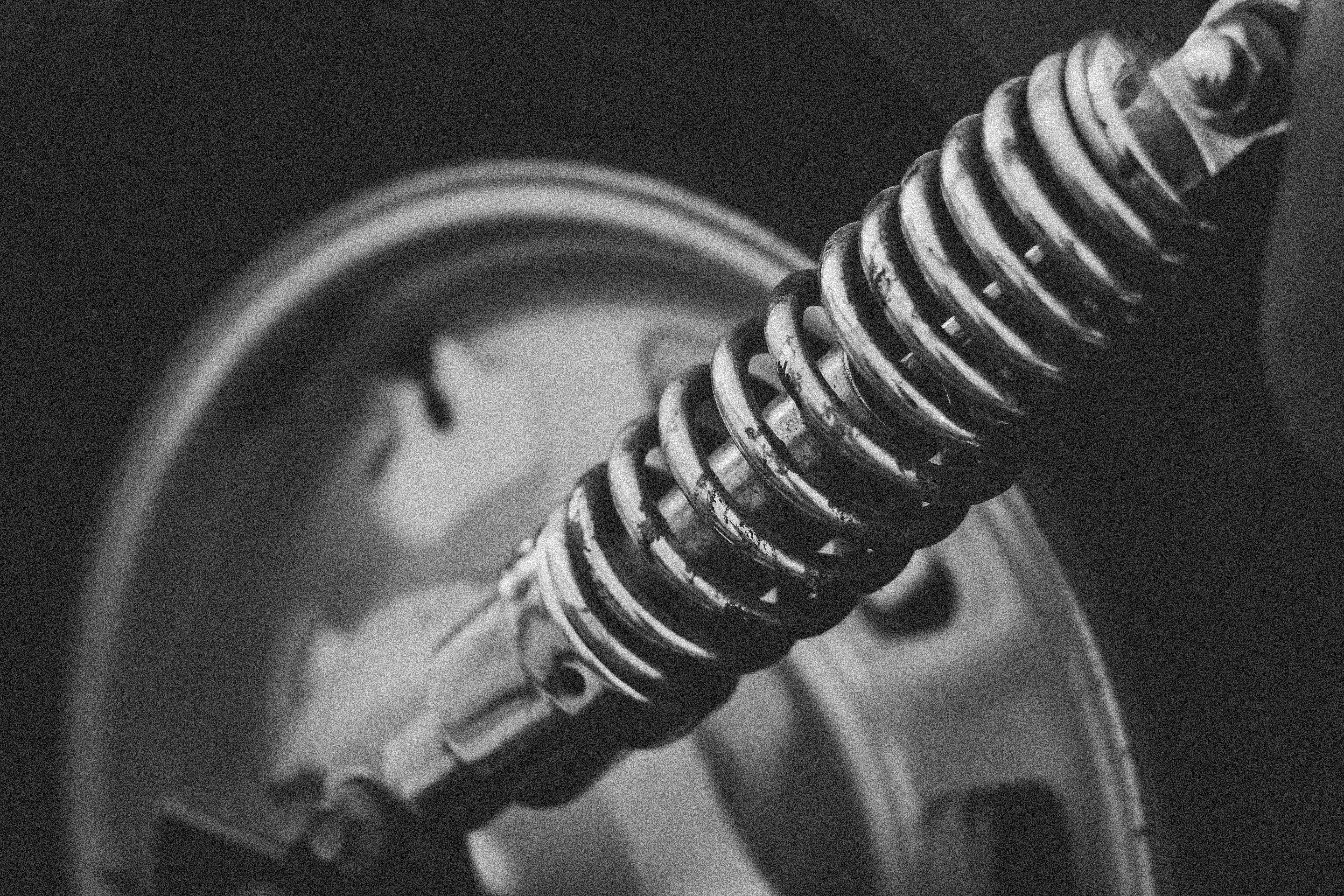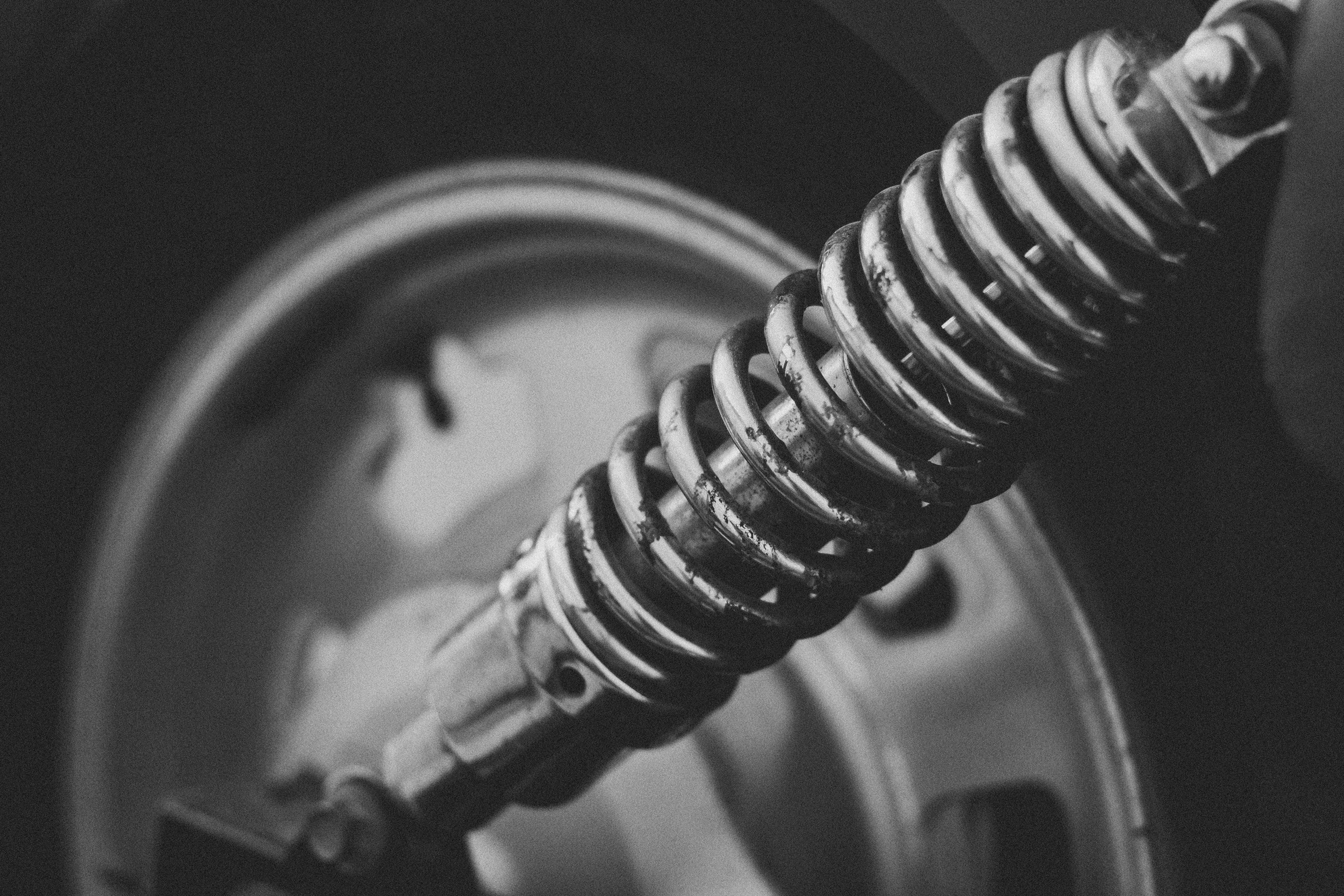Suspension Systems Explained: How to Ensure a Smooth Ride

When it comes to the comfort and safety of your vehicle, few systems play as critical a role as the suspension. This intricate collection of parts is essential for absorbing shocks from the road, ensuring smooth handling, and maintaining tire contact. In this comprehensive guide, we'll break down the components of a suspension system, its importance, common issues, and maintenance tips to keep your ride as smooth as possible.
What is a Suspension System?
A suspension system is a network of interconnected parts that link a vehicle to its wheels. At its core, it includes springs, shock absorbers, struts, control arms, and linkages. Each component works in harmony to achieve two primary goals: enhancing ride comfort by absorbing road irregularities and ensuring vehicle stability by keeping the tires in contact with the road.
Key Components of a Suspension System
- Springs: Springs are the backbone of the suspension system. They absorb energy from road impacts and help maintain tire contact.
- Shock Absorbers: Also known as dampers, shock absorbers dissipate the kinetic energy generated by the springs. They prevent the vehicle from bouncing excessively after hitting a bump.
- Struts: Struts combine the functions of a shock absorber and a structural part of the suspension system. They support the weight of the vehicle and improve steering and alignment.
- Control Arms: These are hinged links that connect the chassis to the suspension upright or hub that carries the wheel. They play a crucial role in managing wheel movement and alignment.
- Linkages: These components connect various parts of the suspension system, ensuring they work together seamlessly.
The Importance of a Well-Maintained Suspension System
A properly functioning suspension system is vital for several reasons:
- Comfort: It cushions the impact from bumps and potholes, providing a smoother ride for passengers.
- Control: It ensures better handling and steering response, making the vehicle more manageable, especially in adverse conditions.
- Safety: A good suspension system keeps the tires in contact with the road, enhancing grip and reducing stopping distances.

Signs of Suspension Problems
To maintain a smooth and safe ride, it's important to recognize the signs of suspension issues early. Common indicators include:
- Uneven Tire Wear: If your tires are wearing out unevenly, it could be due to improper alignment caused by worn-out suspension components.
- Excessive Bouncing: After hitting a bump, if your vehicle continues to bounce more than usual, it might indicate worn-out shock absorbers.
- Nose-Diving When Braking: If the front end of your car dips sharply when you brake, your shock absorbers may need replacement.
- Drifting or Pulling: If your vehicle drifts or pulls to one side while driving, it could be a sign of a suspension issue.
- Unusual Noises: Clunking or squeaking noises when driving over bumps can indicate worn-out or damaged suspension parts.
Regular Maintenance Tips
Maintaining your suspension system is key to ensuring a smooth ride and prolonging the life of your vehicle. Here are some essential maintenance tips:
- Regular Inspections: Periodically inspect the suspension components for signs of wear and tear. Look for leaks in shock absorbers, broken or sagging springs, and worn-out bushings.
- Tire Maintenance: Keep your tires properly inflated and ensure they are balanced and aligned. Uneven tire wear can strain the suspension.
- Proper Driving Habits: Avoid aggressive driving behaviors such as hard braking, rapid acceleration, and taking corners too fast, as these can put excessive strain on the suspension.
- Load Management: Avoid overloading your vehicle. Carrying too much weight can stress the suspension components, leading to premature wear.
- Routine Servicing: Follow your vehicle manufacturer’s maintenance schedule. Regular servicing can spot potential issues before they become major problems.

Upgrading Your Suspension
For those looking to enhance their vehicle’s performance, aftermarket suspension parts are an excellent option. Upgrading components like shocks, springs, and sway bars can significantly improve handling and ride quality. Performance shocks and struts offer better damping characteristics, while high-quality springs can lower the vehicle’s center of gravity for improved cornering stability.
When considering upgrades, it's essential to choose parts that are compatible with your vehicle and meet your driving needs. Consulting with a professional mechanic or performance shop can provide valuable insights and recommendations.
Conclusion
A well-maintained suspension system is crucial for ensuring a smooth, comfortable, and safe ride. By understanding the components, recognizing the signs of wear, and adhering to regular maintenance practices, you can keep your suspension system in top condition. Whether you're navigating city streets or tackling winding mountain roads, a robust suspension system will make every journey enjoyable and secure.
Visit Applewood Performance Center
At Applewood Performance Center, we specialize in suspension systems and are committed to helping you achieve the perfect ride. Visit us for expert advice, professional inspections, and quality repairs to keep your vehicle performing at its best.



